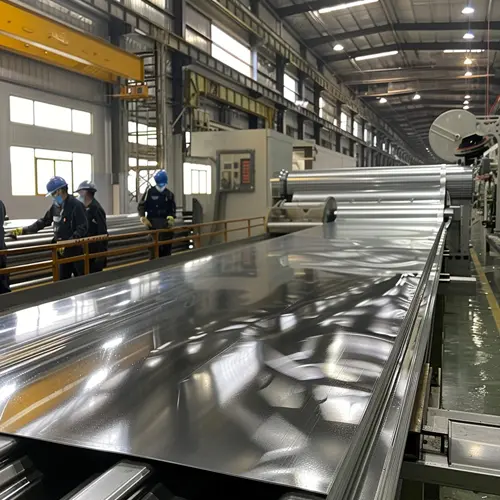The chemical composition of stainless steel has a significant impact on its processing properties, and the following is a brief description of how the main elements affect the processing properties of stainless steel:

Carbon (C) : Carbon can improve the hardness and strength of stainless steel, but at the same time will reduce its plasticity, making it easy to crack during cold working, but also affect the welding performance. In most stainless steels, the carbon content is controlled at a low level.
Chromium (Cr) : Chromium is a key element in stainless steel's resistance to corrosion, but when its content increases, it may reduce the plasticity and cold working properties of the material.
Nickel (Ni) : Nickel can improve the plasticity and toughness of austenitic stainless steel and improve its cold working performance. In addition, nickel also helps to improve the corrosion resistance and high temperature properties of the material.
Manganese (Mn) : Manganese is often used as a partial substitute for nickel, can increase the hardness of stainless steel, and in the right content range, can improve the workability of the material.
Silicon (Si) : Silicon can enhance the oxidation resistance and corrosion resistance of stainless steel, but too high silicon content will make the material hard, affecting its plasticity and workability.
Molybdenum (Mo) : Molybdenum can improve the pitting and crack corrosion resistance of stainless steel, but too high content may reduce the workability of the material.
Sulfur (S) and phosphorus (P) : Although sulfur and phosphorus can improve the machinability of stainless steel, they reduce the toughness and weldability of the material and increase brittleness, so their content is usually strictly controlled.
In summary, the chemical composition of stainless steel indirectly determines its processing properties by affecting its hardness, plasticity, toughness and other physical properties. Therefore, when selecting stainless steel materials for specific application processing, it is very important to understand how these elements affect material properties.



